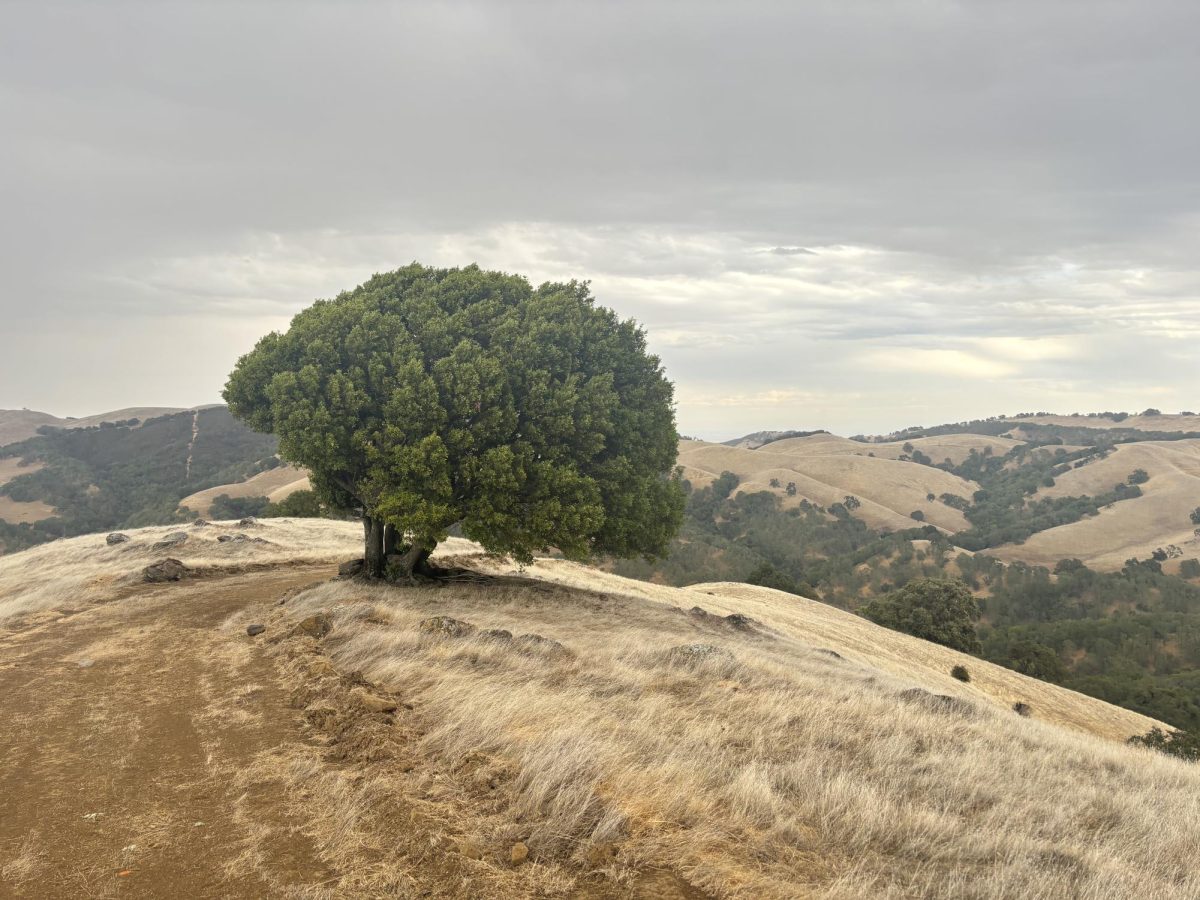National Hispanic Heritage Month recognizes people of Hispanic descent in places that include Mexico, Spain, Colombia, etc. For over 40 years, this has been an important annual holiday in the United States. President Lyndon Johnson established this celebrational month in 1968 and President Ronald Reagan later gave this month a further recognition. This month was made an official national holiday on August 17, 1988. Each year, from September 15 through October 15, Americans celebrate National Hispanic Heritage Month by honoring the history, cultures, and contributions of Americans with Hispanic ancestry. In other words, for the individuals who stood up for their communities’ success and equity.
However, there is not an exact location to celebrate, but 20 of the Latino countries gather with their own families and do their own traditions. Numerous people nationwide are engaged with this celebrational month by donating to Hispanic charities, eating food from any of the countries that are being celebrated, learning from their cultures, participating in festivals, art shows, community gatherings, and much more. How did this national holiday impact Hispanics and other ethnicities?
One tradition done at festivals every year is a voting process led by the National Council of Hispanic Employment Program Managers (NCHEPM) that determines the theme of Hispanic Heritage Month for the next year. The start date of the Month of Hispanic Heritage is important because it is the anniversary of the independence of five Latin American countries that contain El Salvador, Costa Rica, Guatemala, Honduras, and Nicaragua. Twenty percent (62 million) of the U.S. population is identified as Latino. Currently, there are at least 1 million Hispanic residents in thirteen states. Since there is a large population of Hispanics in the U.S., Mexican Americans make up the largest Hispanic society overall in America (62%). Furthermore, after English, Spanish is the most spoken language in America. There are more Spanish speakers in the U.S. than in Spain. Grace Espinosa, a freshman here at GHS, states that it’s important to honor the month because it “enables us to acknowledge their achievements and contributions to our national history and that us Hispanics like to show our pride for our countries.” She also said that the most popular meals for Hispanics would have to be “tamales that are homemade, tacos dorados, sopes, sopa, and for a dessert a yummy concha.”
What many people do during this national holiday is eat traditional dishes like tacos, enchiladas, tamales, arroz con pollo, and many more. These are the common savory meals that many people prefer to cook, even though there are countless options for what you can devour while celebrating. They also eat appetizing desserts such as churros, empanadas, flan, arroz con leche, etc.
Ultimately, National Hispanic Heritage Month has a positive effect on the world for many different ethnicities. National Hispanic Heritage Month changed the world for Latino people because we can truly admire the hardships that Hispanics went through to get to where they are now. This month helps us comprehend what Hispanic people have given up for their nations.





























